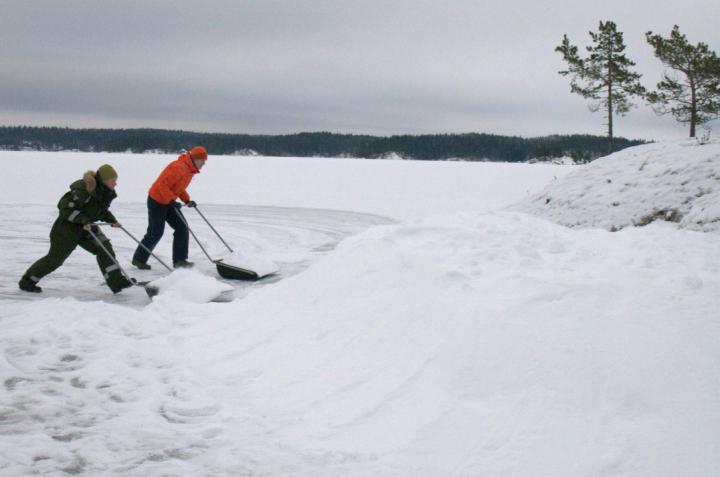This article was published in Scientific American’s former blog network and reflects the views of the author, not necessarily those of Scientific American
For a critically endangered species, every new birth counts.
Case in point, the Saimaa ringed seal (Pusa hispida saimensis). Only about 300 of these rare, landlocked pinnipeds still exist in the Finnish lake for which they are named. The seals are still breeding and conservation efforts have helped to boost the population slightly, but it hasn’t been easy. According to a recent paper published in Marine Mammal Science, a combination of inbreeding and lack of ice has resulted in an estimated 70 percent infant mortality rate in recent years.
The seals, like many other Arctic species, rely on snow and ice for breeding, nursing their pups, and molting. That snow and ice, however, are in short supply due to the effects of climate change. As the authors wrote in their paper:
On supporting science journalism
If you're enjoying this article, consider supporting our award-winning journalism by subscribing. By purchasing a subscription you are helping to ensure the future of impactful stories about the discoveries and ideas shaping our world today.
Recent mild winters at Lake Saimaa have weakened ice and snow conditions, and without the shelter of lairs pups are more vulnerable to thermal stress and predation. In addition, female-pup pairs are exposed more easily to human caused disturbance, and interruption in nursing may reduce the amount of energy that a pup receives.
All of this has contributed to slower pup growth and increased mortality. If that doesn’t turn around, the seals simply won’t be able to recover.
Can humans help? One of the authors of the new paper says that it is possible—with a little elbow grease.
As part of her University of Eastern Finland PhD thesis, Miina Auttila explored the idea of supplementing those snow dens by collecting nearby snow and shoveling it into artificial drifts.
It took some trial and error. “In first study year we thought that using the snow pushers to pile the snowdrifts would change the structure of snow similar way as wind does,” she says. The snow drifts looked attractive and female seals moved in and made lairs, but the drifts collapsed earlier than natural, wind-drifted snow.
After that they tried a few different methods to pack the snow. The best solution turned out to be the easiest. They just walked on it until it compressed enough to be stable.

Saimaa seals tend to try to use the same den sites year after year, but the new drifts proved attractive substitutes for sites that had disappeared or become unusable. Auttila reports that during her study, which lasted from 2010 to 2012, seals made lairs in 56 percent of the artificial snowdrifts.
With that success in hand, the first official use of artificial snowdrifts as a conservation tool took place in 2014. They have already had a positive impact. “Altogether, 240 snowdrifts were piled around the breeding area of the Saimaa ringed seal just before the seals’ breeding season, and over 90 percent of the pups born during that year were born in the man-made snowdrifts,” Auttila says.
This is just the beginning. More snowdrifts were built this year and Auttila says the method may become a permanent part of the “conservation toolkit” for Saimaa ringed seals. She recently became a conservation biologist with Metsähallitus, the Finnish agency that manages state-owned land and water, where she’s working on long-term project to safeguard the seals. One of her tasks right now is to develop “a plan and organizing the implementation of man-made snowdrifts if they are needed due to poor snow conditions.”
Obviously this won’t be enough to save the seals on its own. The paper in Marine Mammal Science reveals that the species still has a high infant and juvenile mortality rate, mostly because their body condition and blubber levels decline shortly after weaning. They also face continued pressure from fishermen, who catch and kill too many juvenile seals. The paper recommends shortening the spring fishing season when young seals need to catch as much prey as possible in order to boost the species’ survival rates.
None of this may be enough in the face of climate change, but for the Saimaa ringed seal it’s at least a start.
Previously in Extinction Countdown:
Saimaa ringed seal photo by Juha Taskinen, via NOAA Fisheries. Snow drift photo by Mervi Kunnasranta courtesy of the University of Eastern Finland